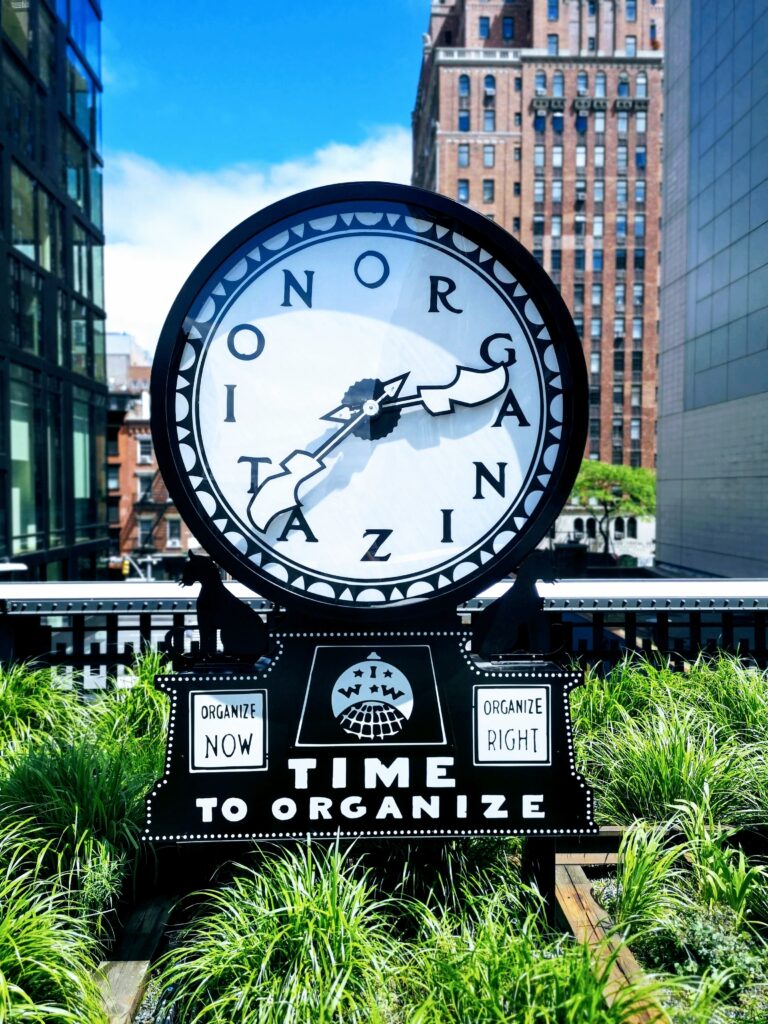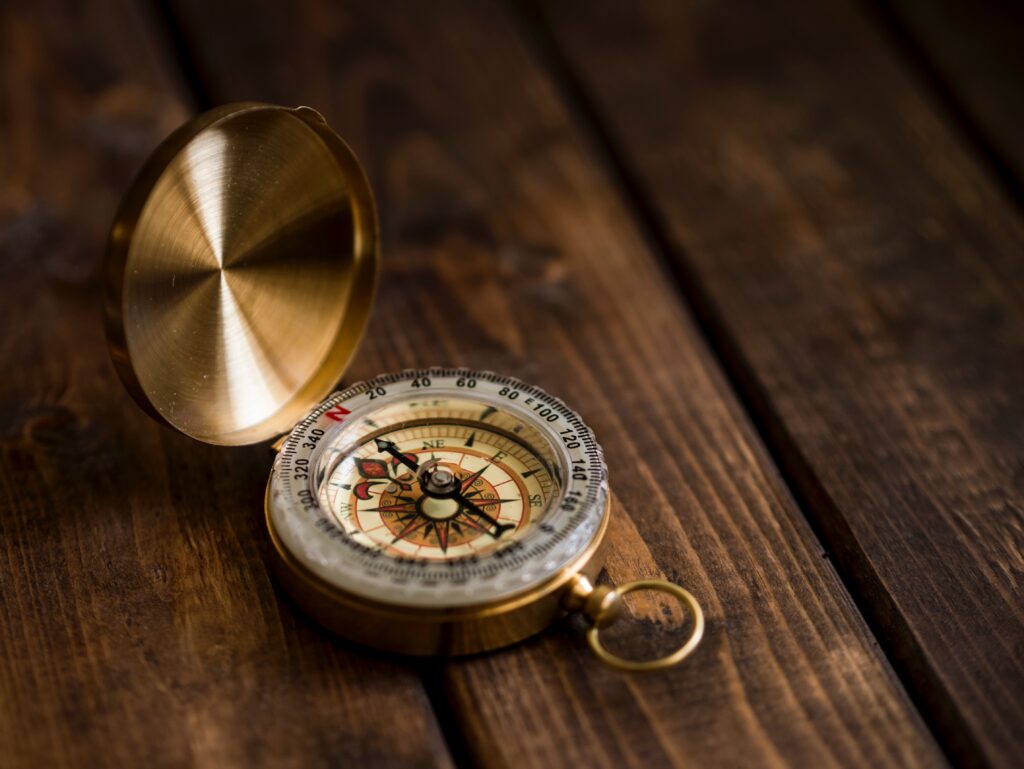Creating a successful DAM RFP
November 10, 2023
In the world of digital asset management (DAM) system selection, requests for proposals (RFP) are ubiquitous. This is for good reason. A strong RFP includes a user-centered approach outlining priorities, usage scenarios, and requirements. It also provides vendors with an explanation of and context for technology needs, and clear instructions for their proposals. The RFP brings all of the details together in a way for organizations to perform apples-to-apples comparisons of vendor proposals.
In this post, we provide everything you need to get started on your RFP journey. You’ll learn what is unique about DAM RFPs, how to structure your RFP, and questions to ask vendors. Follow along on our downloadable DAM RFP checklist.

What is an RFP?
A Request for Proposal (RFP) is a business document, sometimes managed by a procurement or purchasing office (and sometimes not). RFPs announce an organization’s need for a new technology, detail the requirements for that technology, define its purpose, and solicit bids for the financial commitment for purchase.

RFPs allow qualified vendors to showcase their technology solutions and demonstrate how they align with those requirements. They act as a gateway for vendors to promote their expertise, capabilities, and innovative technologies to meet the needs of the organization.
It is important to note that RFPs are not mandatory in all contexts. However, they are commonly used in government settings to counteract favoritism, prejudice, and nepotism. RFPs level the playing field. They ensure that vendors are evaluated solely based on the quality of their proposals and the cost of investment. This approach promotes fairness and impartiality, allowing all vendors to compete on an equal footing. By eliminating biases and providing a transparent evaluation process, RFPs enable organizations to make informed decisions that prioritize the best interests of their stakeholders.

How do I create an RFP?
The good news is there are lots of examples of RFPs on the web. And, if you have a procurement office, you can always reach out to get examples of how your organization creates them.
That said, the examples you’ll find online are often generic, not specific to DAM selection. While generic RFP templates can be helpful starting points, they do not always provide insights into how to gather the information to complete the RFP, including business objectives, functional, technical, and format requirements, usage scenarios, and user profiles. All of these are necessary to provide vendors with a comprehensive understanding of your organization’s needs for new DAM technology.

What is unique about DAM RFPs?
Before we jump into the checklists, let’s take a moment to review what makes a DAM RFP unique. First, DAM selection projects will have many internal and external stakeholders. From marketing to creatives and archivists and their constituents, there are many perspectives to represent. It is key, then, that time is spent understanding their broad set of needs, through interviews, surveys, and focus groups.

The digital asset management market offers a multitude of options, with numerous systems available at varying price points and complexities. For organizations unfamiliar with the wide range of choices, sifting through these options can be a challenging endeavor, especially given the intricate nature of DAM systems. These systems often share common functionalities but also possess distinctive features that set them apart.
An RFP can provide your organization with a side-by-side comparison of the vendor proposals. This includes a qualitative comparison, but if done correctly, can offer a quantitative assessment, as well.
Factors to consider in DAM procurement
- Content-centric approach: DAMs focus on the challenges of organizing, managing, and distributing digital assets. By focusing on the content itself, DAM systems enhance the accessibility, searchability, and utilization of digital assets. DAMs make it easier for users to find and work with the specific content they need.
- Emphasis on metadata and taxonomy: A successful DAM will enable effective search, discovery, and retrieval of digital assets. It will categorize and describe assets with rich metadata and a structured taxonomy. This ensures users can quickly locate and make sense of their content.
- Integration: DAMs are rarely standalone systems. They often integrate with content management systems (CMS), creative software (think Adobe products), e-commerce platforms, rights management systems, or workflow applications.
- UX and collaboration: Digital Asset Management systems (DAMs) play a pivotal role in facilitating the collaborative efforts of diverse teams and stakeholders both within and outside an organization. This includes enterprise-level DAMs, which may extend across international borders, necessitating support for multiple languages. As such, these systems should offer user-friendly interfaces and accessibility to accommodate the varied needs of their users.
- Permissions and security: Digital assets often have distinct rights that require strict security measures to regulate access and downloads. A robust DAM system safeguards digital content, ensuring that user permissions are securely managed to maintain data integrity and privacy.
- Scalability and performance: When dealing with quickly growing digital collections, the efficiency of your DAM system becomes crucial. It needs to handle growth in the volume of files and accommodate the evolving needs of users without compromising speed and responsiveness. The choice of storage providers and methodologies significantly influences the system’s scalability, ensuring it can seamlessly adapt to increasing demands.
- Vendor expertise and support: Considering a vendor’s track record is an important component of the decision-making process. Hearing from current clients, and investigating reputation, customer support options (often defined in a Service Level Agreement, or SLA), training offerings, and ongoing product development are critical in identifying if their DAM solution is the right one for your organization.
Preparation
Before diving into RFP drafting, first take a step back and think about the complete RFP process. Start by gathering comprehensive requirements to clarify and document your organization’s needs. Establish a clear timeline, complete with milestones and deadlines that include the drafting phase. Finally, begin identifying and researching potential vendors — you might want to adjust your RFP based on what you find.

Administrative Tasks
To simplify your RFP process, begin by checking if your organization already has an appropriate digital asset management system in place or conduct a discovery process (as detailed in the section below). Secure written approval, establish a budget, put together a timeline, and consult with your procurement department to review RFPs and purchasing regulations.
The timeline should cover all essential phases, including RFP creation, distribution, vendor demonstrations, evaluation, and the often-lengthy procurement phase. Practical considerations such as staff vacations and holidays should also be accounted for to mitigate potential disruptions. By addressing these elements, the timeline becomes a comprehensive and practical plan for the entire RFP and DAM selection process, reducing the risk of unforeseen delays.
Finally, consider hiring an experienced DAM sourcing consultant who can leverage their expertise and knowledge of the marketplace to match your organization with the most suitable system for your users.
Discovery
In the process of DAM selection, the discovery phase involves a comprehensive investigation of the organization’s digital asset management needs. This typically starts with in-depth discussions with stakeholders and decision-makers. These conversations help identify specific requirements, challenges, and objectives to manage digital assets.

The discovery process often includes a thorough examination of the organization’s current workflows, analysis of the volume and types of digital assets, and an evaluation of the existing systems and technology infrastructure. Data collection methods such as surveys and data analysis may also gather information on user expectations, content lifecycle, access requirements, metadata needs, user permissions, integration considerations, and long-term preservation strategies.
The active engagement of key stakeholders and thorough review of pertinent in-house documentation are pivotal aspects of the discovery process.
Following the completion of the discovery phase, you should be able to fine-tune the problem statement, establish measurable objectives, and rank your functional and non-functional requirements. At this stage, broaden your vendor research efforts by attending industry events such as Henry Stewart DAM, and by exploring resources like online vendor directories and seeking recommendations from peers and professional networks.
Once you have a feel for vendors, try to narrow down your vendor list to just a handful for the most effective evaluation. A shorter list makes managing internal resources easier, allowing for a meaningful comparison of proposals and identification of strengths and weaknesses. With well-structured discovery and vendor selection processes, your DAM journey is off to a promising start!
RFP Structure

If you have a procurement department, it is likely they have an RFP format you must follow. In that case, consider how you can fit the following information into the existing structure. For those organizations that do not have an internal RFP format, use the following structure:
Overview
This is the initial point of contact and sets the tone for the entire RFP. Start with a concise introduction to your organization, capturing its essence in just a few sentences. Next, provide a brief background on the DAM selection project, highlighting the driving factors and context behind the need for a DAM solution.
A well-crafted problem statement is vital to ensure that vendors understand the challenges you face and the specific pain points you aim to address. Clearly articulate your business objectives, outlining the goals and outcomes you hope to achieve through the implementation of the DAM.
The overview document should include key details such as the current number of digital assets, their size in terabytes (or gigabytes or petabytes), and the primary formats you work with. If possible, provide a growth estimate in percentages, e.g., year-by-year growth of 10%. These specifics will help vendors tailor their solutions to meet your unique needs.

The overview also serves as a guide to vendors on how to navigate the RFP process. Include a timeline with key dates such as the RFP issue date, the deadline for vendor questions, when your organization will respond to questions, when vendors are required to confirm their intent to submit proposals, and the proposal submission deadline. Also, mention the subsequent steps, such as the notification of selected offerors for potential demonstrations and presentations, and the final selection process.
Make sure to specify the preferred delivery format and method for proposals and the required deliverables. Additionally, provide an overview of the evaluation criteria and scoring process that will be used to assess the proposals.
Include relevant contact information for any inquiries, and consider including a glossary of terms specific to DAM and the RFP. Clarify aspects like incurred costs to vendors, retention of submitted documentation, external partnerships, market references, and the importance of confidentiality and non-disclosure agreements (NDA).

Requirements Spreadsheet
In the process of crafting your DAM RFP, it is essential to establish a well-organized structure for your requirements. To begin, let’s define some key terms.
Functional requirements refer to specific capabilities or features that the digital asset management system must possess to meet your organization’s needs. These requirements can be structured as user stories, framing them in the context of “As an X, I need to Y, so that Z,” to clearly define who needs the functionality, what they need, and why. These functional requirements are essentially the building blocks that shape how the DAM system will operate, focusing on the user experience and the desired outcomes.
On the other hand, nonfunctional or technical requirements relate to the broader technical aspects that the DAM system should meet. These may include performance, security, scalability, and other technical considerations that are essential for the system’s effective operation. Additionally, format requirements specify the primary file formats and expectations for managing digital assets within the DAM. These include image formats (.jpg), videos (.mp4), documents (.pdf), and other file formats (e.g., Adobe and Microsoft file formats). They outline how the digital asset management system should handle and support these formats.
For further clarity, identify stakeholders and categorize them into three main types: DAM Administrators, Content Creators, and End Users. Defining their roles and capabilities, and noting the number of each, is particularly valuable for vendors, especially those who charge based on the number of user seats.
This structured approach not only helps DAM vendors understand your needs, it enables them to provide comprehensive and customized responses to your RFP. A helpful tool for organizing this content is a simple spreadsheet with distinct tabs for each requirement category. This provides a clear distinction between functional, nonfunctional/technical, and format requirements.
Usage Scenarios

Usage scenarios are your secret weapon! They prioritize the user and bring your requirements to life.
A usage scenario, sometimes referred to as a “use case,” is a detailed narrative describing how a system or product is used in a specific real-world context. These scenarios provide a human-readable representation of functional requirements, offering a comprehensive view of how the system behaves and responds within different situations. Use cases help stakeholders and vendors, including both technical and non-technical individuals, to grasp how the system’s features and functionalities align with practical user needs and operational processes.
We highly recommend including three to seven usage scenarios in your RFP. If you have more, consider combining and prioritizing them. Each usage scenario should have a brief title, an objective that explains its purpose, and actors identified from your User Descriptions in the Requirements Spreadsheet. Provide background context and describe the main steps or interactions that actors will perform in the future system. Remember to allow flexibility for different solutions to the same problem. Usage scenarios are the heart of your RFP, so craft them to effectively convey your requirements.
Vendor Questionnaire
As you delve deeper into crafting your RFP, don’t overlook the significance of your vendor questionnaire. The vendor questionnaire is a comprehensive list of questions that go beyond requirements and use cases, focusing on higher-level aspects of the DAM vendor company, their implementation and support procedures, and proposal costs, providing valuable insights into their capabilities and suitability for the project.
The questionnaire serves as a vital component of your DAM RFP. It gathers in-depth information essential for the side-by-side evaluation of different systems. Number the questionnaire so that vendors can easily refer directly to the questions in their proposal.

A vendor questionnaire should cover general company information, product details, technical support, and references from comparable organizations. It should also include specific questions about the costs associated with the system, including license fees, implementation costs, and support expenses.
Conclusion
The Request for Proposal is a key component of the DAMS procurement process. RFPs provide structured and transparent frameworks for evaluating and selecting a new DAM system. They enable a fair and consistent evaluation process by clearly defining requirements and usage scenarios, evaluation criteria, and submission guidelines. This allows organizations to compare proposals from multiple DAM vendors objectively, ensuring that the selected vendor best aligns with their needs and objectives. RFPs help mitigate risks by providing a systematic approach to DAM vendor selection, fostering accountability, and minimizing subjective decision-making.
Are you ready to embark on your own DAM RFP process? We’ve got you covered! [Click here] to download our comprehensive DAM RFP checklists.
These valuable resources will guide you through planning, development, and distribution of your RFP, ensuring you achieve the best possible outcome. Don’t miss out on this essential tool to streamline your RFP journey.

